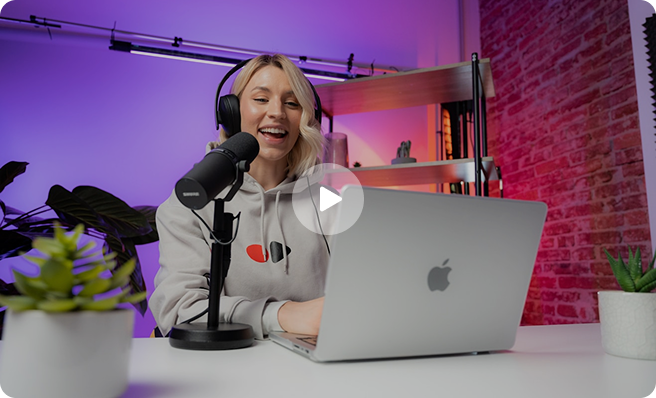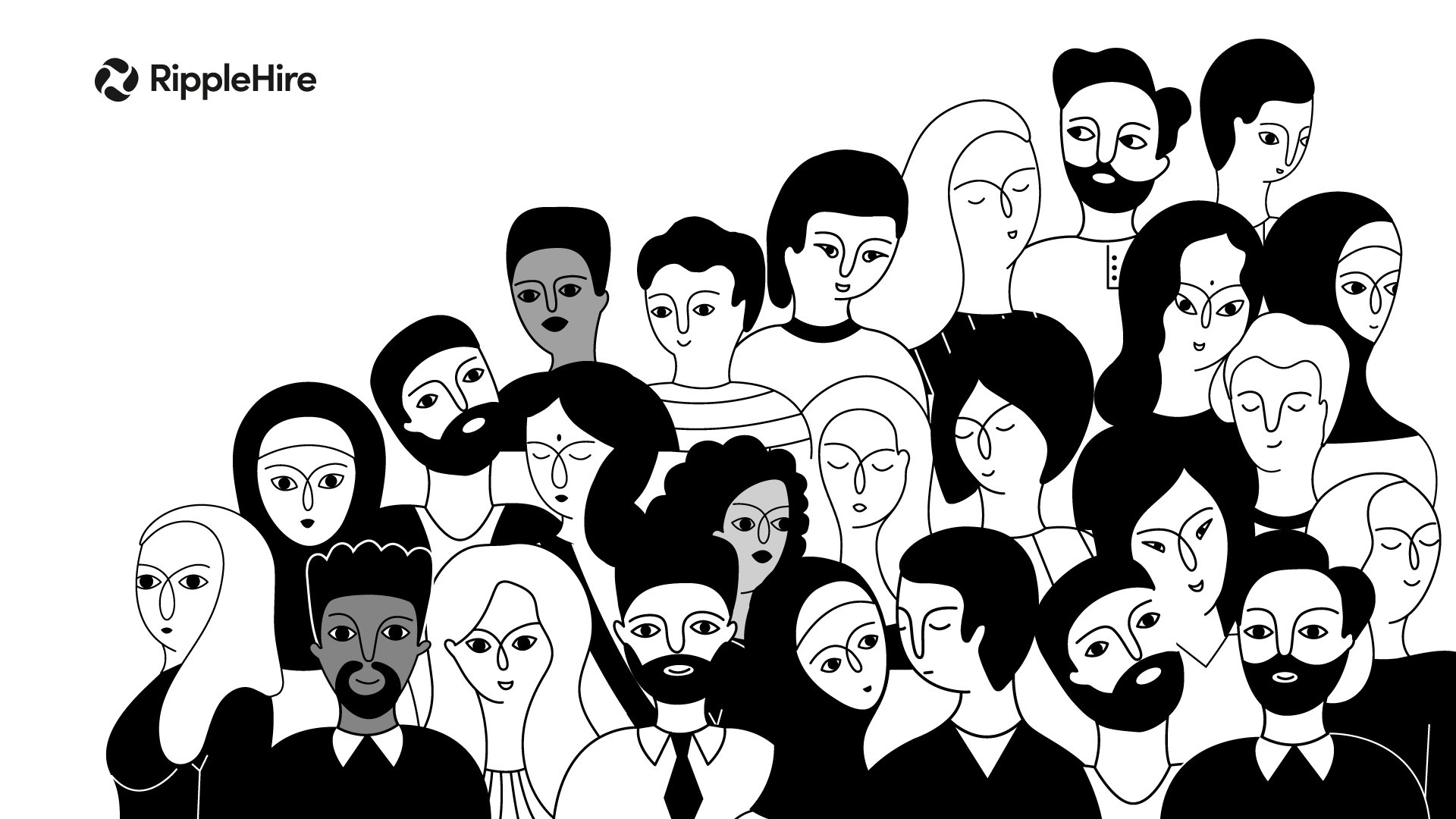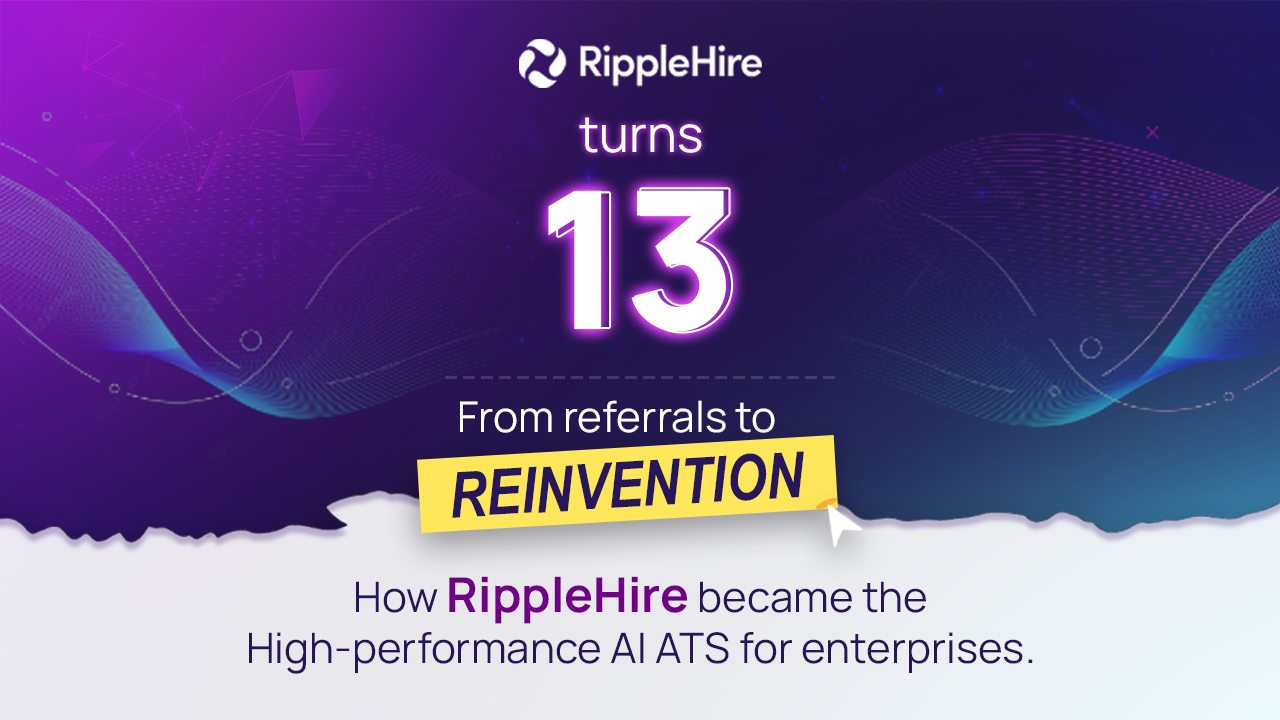How To Leverage Alumni Networks To Boost Campus Hiring Drives
The most convincing voice on a campus is rarely the recruiter. It is often the recent alumnus who sat in the same lecture halls, faced the same professors, and landed a role through the same hiring drive just a year or two ago.
Alumni bring credibility that slides and speeches cannot. They can share what the first few months on the job look like, how the company supports learning, and why they chose to stay. Students relate to them because the gap between campus and career feels smaller when explained by someone who has just crossed it.
Yet many enterprises run their drives without tapping into this resource. A structured approach to involving alumni can make the difference between candidates showing interest and candidates signing offers. This piece explores how companies can bring alumni into the process and use their influence to improve outcomes during campus hiring drives.
Practical ways to bring alumni into the drive
Many companies treat alumni involvement as a nice-to-have. They might invite one or two ex-students to say a few words during the pre-placement talk and leave it at that. The impact of alumni networks is much stronger when their role is planned with intention. Here are some practical ways to make it work.
Alumni in pre-placement talks
Pre-placement sessions often feel like a one-way pitch from recruiters. Adding alumni changes the tone completely. Students lean in when they hear a story about the first day at work, learning curves, or even mistakes made early on. Encourage a short Q&A, not just a speech. Candid answers to simple but pressing doubts — “How long before you got your first project?” or “What support did you get during training?” — build instant trust.
At the information booths
Campus booths can be intimidating when manned only by HR staff. Alumni make them approachable. Imagine a booth run by someone who was in the same canteen two years ago — students will stop by, ask the smaller questions, and walk into interviews with more confidence. This reduces dropouts and also unclogs queues because queries are answered informally.
Storytelling inside assessments
Group discussions and case rounds are usually dry. Alumni who sit in as observers or co-moderators can drop in short, real-world examples. A line like “This is similar to what we had to solve for a client in my first year” grounds the exercise. It doesn’t replace evaluation but makes the process feel practical instead of academic.
- Recruiters keep structure.
- Managers provide evaluation.
- Alumni bring relatability.
That three-part balance works far better than a recruiter-only panel.
Short video messages
Not every alumnus can travel back. But video clips are powerful substitutes. A day-in-the-life clip or a short note on why they stayed with the company for two years gives students something authentic to hold onto. These videos can be reused across multiple campuses, saving effort while still keeping the personal touch.
Networking panels
Some of the best conversations happen after the formal session ends. Small alumni panels or open “coffee chats” allow students to ask what they hesitate to in public: salaries, work-life balance, and team culture. These informal spaces make a lasting impression and often tip the scales when students are comparing offers.
Digital alumni touchpoints
Drives don’t have to end at the venue. Alumni can engage with students online before and after the day through:
- Campus-specific WhatsApp or Telegram groups moderated by alumni.
- AMA (Ask Me Anything) sessions on LinkedIn or college portals.
- Email notes or newsletters with tips on preparing for interviews.
- Follow-up calls where alumni check in with shortlisted candidates.
These digital touchpoints stretch the reach of alumni involvement beyond geography and time zones. Students feel supported even after the formal drive, while recruiters get candidates who remain warm and connected until the joining date.
When alumni voices are present in multiple touchpoints — booth, panel, video, talk, or even digital communities — the drive feels consistent. It no longer comes across as just another recruitment event but as a guided pathway students can see themselves stepping into. That layer of trust is what makes your company stand out in a crowded campus season.
Common challenges in involving alumni
Getting alumni involved sounds simple, but most enterprises discover it’s harder to run smoothly in practice. The idea is strong; the execution is where cracks appear.
Some of the most common stumbling blocks:
- Coordination troubles: Alumni are full-time employees first, volunteers second. If the invite goes out last minute or without context, you often end up with someone unprepared and unsure of what to share. That undercuts the credibility you were aiming for.
- Profile mismatch: A senior alumnus from the same campus may look impressive on stage, but students don’t always relate to someone who graduated a decade ago. At the same time, sending a brand-new hire who has barely finished onboarding isn’t effective either. The best impact usually comes from alumni with one to three years of experience—close enough to feel relatable, but seasoned enough to speak about projects and growth.
- The “goodwill gap”: Alumni will happily step in once or twice, but if their effort isn’t acknowledged, enthusiasm fades. Many companies forget to thank them, share outcomes, or show how their contribution mattered. Simple recognition—an email, a shout-out in a town hall—can make all the difference.
- Scattered communication: HR assumes the business team is handling it, and the business assumes HR is in charge. The result? Double invites, no prep calls, or alumni arriving without a clear role. That chaos is noticed, especially by students.
- Lack of authenticity: A scripted speech drains the value of alumni involvement. Students want unfiltered stories—the first project jitters, how managers supported mistakes, and how learning opportunities came their way. If the message sounds polished, alumni become just another company spokesperson instead of a peer they can trust.
Using RippleHire to power alumni-led campus drives
Alumni networks can open doors on campus, but to really scale their impact, you need the right system behind the scenes. It’s not enough to have a few graduates share their stories—you need a hiring engine that makes those stories stick, speeds up shortlisting, and keeps candidates engaged until they join.
That’s where RippleHire comes in. Our AI-powered ATS helps enterprises run campus drives with structure and speed. From screening thousands of applications to managing alumni-led touchpoints, interview feedback, and offer rollouts, everything runs in one place.
If your next campus season is around the corner, don’t just rely on presentations. Pair the power of your alumni with RippleHire’s platform and turn interest into hires at scale.
Schedule a demo with RippleHire to know how we can help you fill your open positions faster.
FAQ
FAQs
How do alumni actually improve campus hiring outcomes?
Students trust people who were in their shoes recently. Alumni make roles feel real by sharing day-one stories, training support, and early growth. That builds confidence and reduces doubts that often delay decisions.
When students see a clear path from campus to career, they’re more likely to say yes — and stick with the offer.
Which alumni should we invite for the biggest impact?
Pick graduates with 1–3 years’ experience. They’re close enough to be relatable, yet seasoned enough to talk about projects, managers, and growth.
Avoid only senior leaders or brand-new hires. A balanced panel — one recent alumnus plus a manager — works best.
What should alumni do during pre-placement talks?
Keep it practical and unscripted. Ask alumni to cover: first 90 days, support they received, mistakes they made, and how they progressed.
Leave time for Q&A. Questions like “how soon did you get your first project?” or “what does a typical week look like?” build instant trust.
How can we use alumni beyond the stage?
Place alumni at info booths to answer small but important questions. Add short video messages for campuses they can’t visit.
After the drive, continue online: campus WhatsApp groups, quick AMA sessions, and check-ins with shortlisted candidates. This steady presence keeps candidates warm until joining.
How do we avoid common pitfalls with alumni involvement?
Plan early. Share context, audience, and talking points so alumni aren’t unprepared. Match profiles to the campus (recent grads for undergrads, etc.).
Keep it authentic — no heavy scripts. And always close the loop: thank them, share outcomes, and show how their effort helped.
How can we measure if alumni engagement worked?
Track simple signals: booth footfall, Q&A participation, shortlist-to-offer rate, and offer acceptance. Post-event, ask candidates what influenced their decision — alumni stories should show up.















